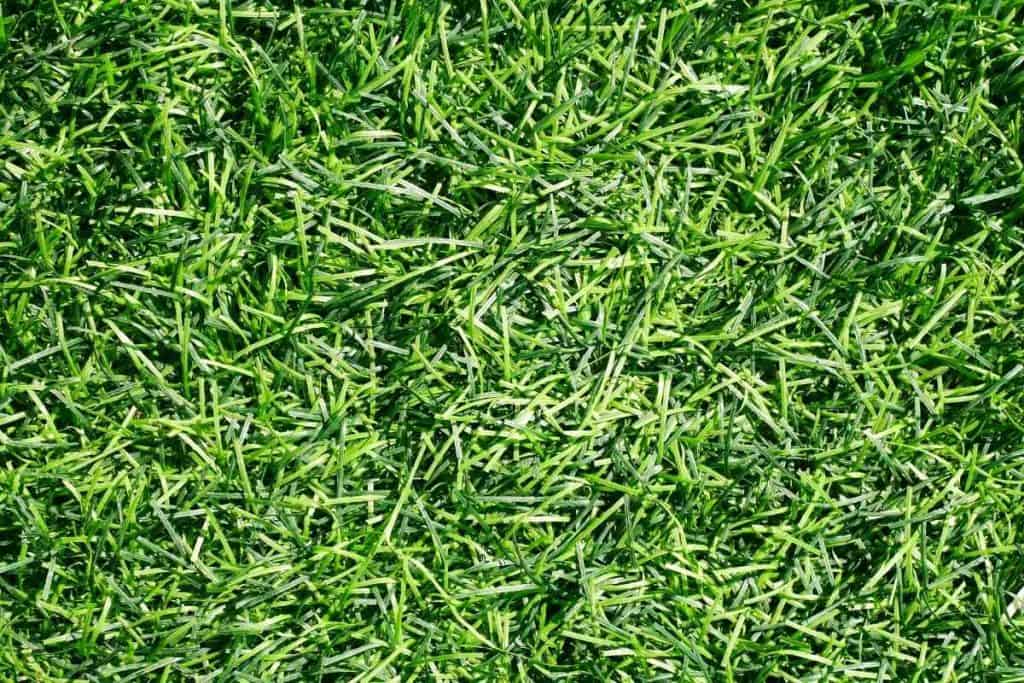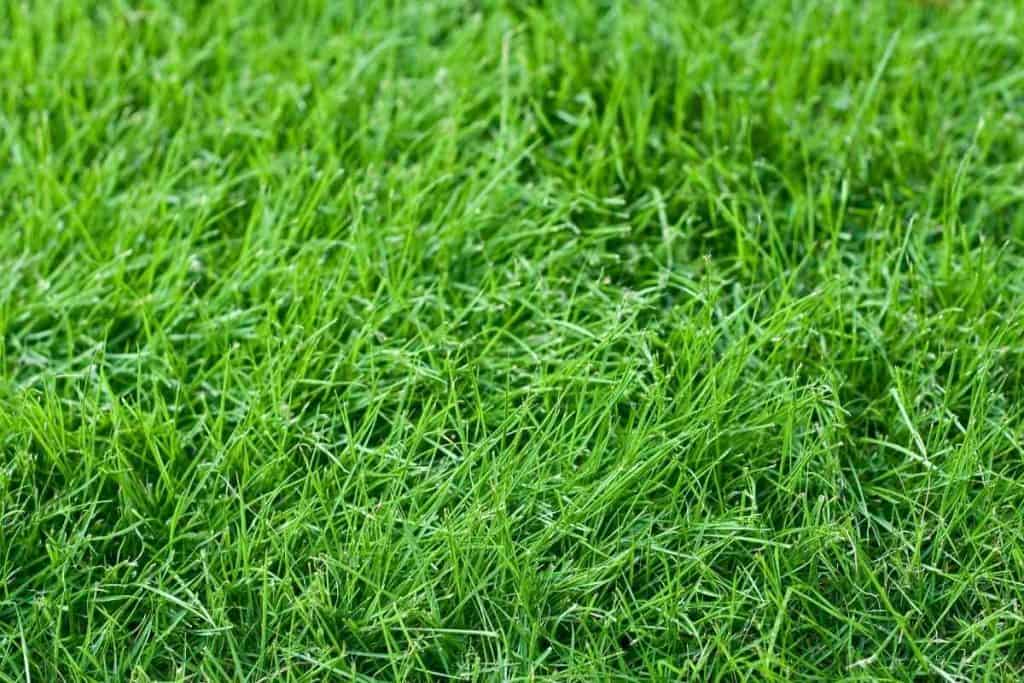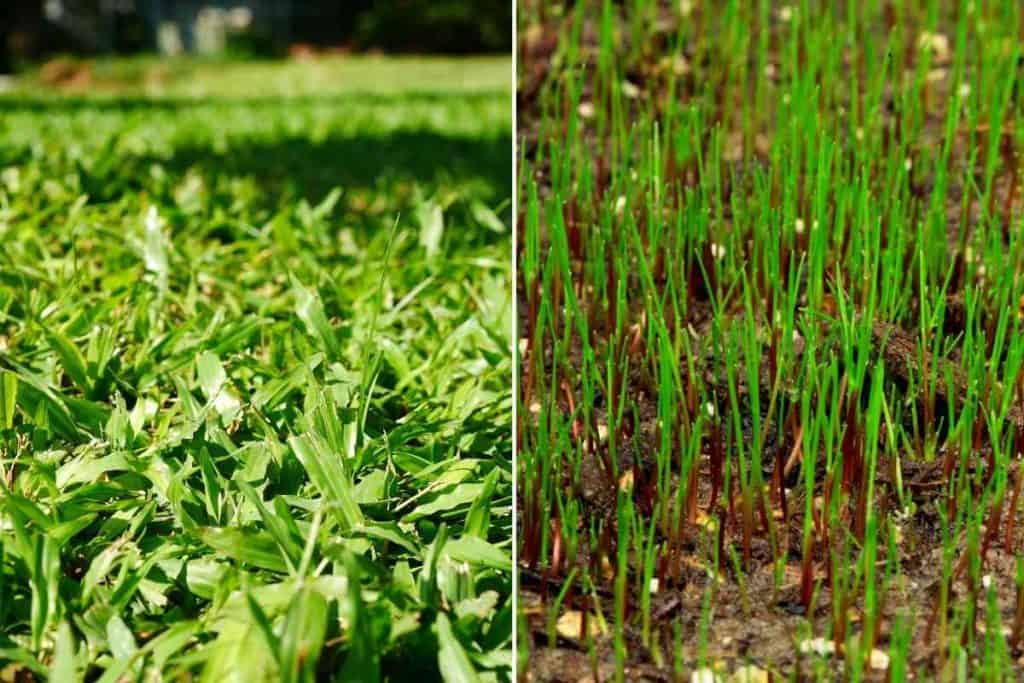Although their look and development patterns are somewhat different, Bermuda grass and Fescue can be used for lawns. But what is the difference between Bermuda grass vs Fescue?
Fescues have more delicate leaves than other grasses and thrive in colder climates. In contrast, Bermuda grass has a rougher texture, is better suited to warm areas, and has an aggressive growth behavior that, if not maintained properly, can become out of control.
Consider your climate first, then the circumstances in your specific yard before considering Bermuda grass or Fescue.
Today’s article will tear both plants apart, noting their key differences and similarities.
Let’s get started!
Table of Contents
What is Bermuda Grass?

Bermuda grass is found in tropical and subtropical regions all over the world. Bermuda grass is a warm-season perennial grass, which means it grows year after year at the right temperature and is most active from late spring to late summer.
Bermuda grass grows best in broad, direct sunlight with sufficient drainage. It can withstand extremes of heat, salt, and humidity.
Bermuda Grass Identification
The coarse texture of Bermuda grass, as well as its invasive above-ground roots known as stolons, helps to identify it.
There are also tiny hairs where the leaf blade and the leaf sheath meet. Its seed head, which resembles a bird’s foot, is its most distinguishing feature.
What is Fescue Grass?
On the other hand, Fescue can endure colder temperatures and is easier to seed than its competition.
Fescue grass is well-known for its roots, but it requires special care for growth. Fescue comes in various varieties to help you get the look you want for your lawn.
Fescue Identification

Tall Fescue is distinguished by its broad leaf blades with equal-sized veins.
It doesn’t have a prominent midrib. It produces a panicle-style seed head with 6 to 8 seeds when left unmowed.
Bermuda Grass Vs Fescue (Key Differences)
| Bermuda Grass | Fescue | |
| Common Name | Scutch grass | Fescue |
| Botanical Name | Cynodon dactylon | Festuca arundinacea |
| Plant type | Perennials | Perennials |
| Family | Poaceae | Poaceae |
| Plant Origin | Around the Indian Ocean Basin, from East Africa to India. | Europe to Siberia and into North Africa. |
| Mature Size | 10-40 cm high | 9-Twelve in high, 6-9 in. spread |
| Soil type | Deep, well-drained fertile soils. | Sandy to heavy clay soils. |
| Sun exposure | Full sun. | Whole sun |
| Toxicity | Non-toxic. | Toxic. |
| Cold Hardiness | Very Hardy | Less hardy than Bermuda |
Fertilizer Application
The optimal period to fertilize Bermuda grass is from late spring to early fall, when the grass thrives in warmer temperatures.
We recommend fertilizing tall Fescue in the spring and fall.
Temperature
Bermuda grass belongs to the warm-season turfgrass family. This indicates that Bermuda grass thrives in temperatures ranging from 75 to 95 degrees Fahrenheit.
Tall Fescue belongs to the cool-season turfgrass family. Temperatures between 55- and 75-degrees F are ideal for fescue development.
Propagation
As they detect more light and air within the topsoil, fresh shoots sprout from buds along the rhizome’s surface. These shoots continue the Bermuda grass expansion and may also create stolons for continued reproduction.
If desired, you can dig these rhizomes out of the earth and propagate the grass in another spot.
Tall Fescue is a bunch-type grass, as opposed to grasses spread by horizontal above- and below-ground stems. It grows in clusters and spreads mostly through vertical shoots known as “tillers” that sprout from the grass plant’s base.
Maintenance
Although Bermuda is more of a nuisance, it is for you if you have the time, money, and enthusiasm for a beautiful lawn. Bermuda hybrids are also available, making that beautiful green more accessible.
Fescue is a lot easier to work with, yet it requires the same level of maintenance as any other lawn. On the other hand, Fescue may not be the ideal choice if you reside in the tropics.
Growth Pattern
Bermuda grass has vast rhizomes and fibrous roots. The color of a single Bermuda grass plant’s roots can be used to determine its maturity; juvenile Bermuda roots are normally white, but mature Bermuda roots turn brownish-yellow.
The rhizomes help the plant develop beneath, while the stolons help the plant growing above ground.
Tall fescue grass turfs spread via rhizomes (rarely) and usually tillers in a bunch-type growth pattern. Bunch-type grasses are turfgrass species with tillers but no rhizomes or stolons.
General Care
Bermuda grass must be cut with extreme caution and a good mower. The grass could be scalped and destroyed if this is not done.
Bermuda grass has the advantage of being able to be mowed exceedingly short, doused with grass/weed killer, and still return to green in a few weeks. (Fescue grasses, on the other hand, aren’t as hardy.
Bermuda grass is special in that it just has to be watered once a week to stay healthy.
Fescue grass, on the other hand, should be mowed to a height of 1½ to 2½ inches.
Mow your fescue lawn on a regular basis to keep it from becoming too tall.
During the hot summer months, water Fescue grasses often and thoroughly, usually one to two inches or more weekly.
When is the Best Time To Grow Bermuda Grass And Fescue?

Bermuda grass is best planted in the late spring after the fear of frost has gone and daily high temperatures are typically in the 80s. Planting a Bermuda grass lawn from seed is the most cost-effective option.
Tall fescue seeds should be planted in late summer or early autumn. Fall has a number of benefits that aren’t available at any other season of the year. Even as the air temperature drops in the fall, the soil retains some of the summer heat.
Is Fescue Better Than Bermuda Grass?
The capacity to tolerate wear and tear makes Bermuda and Fescue grasses appealing.
Bermuda grass, on the other hand, is believed to be slightly more resilient than Fescue and may self-repair when harmed by pets or children.
Can You Plant Bermuda Grass and Fescue Together?
Bermuda grass and Fescue can be mixed. Combining warm-season grass, such as Bermuda grass, and a cool-season species, such as tall fescues, provides you the best of lawns, whether you live in a warm or cool region.
Frequently Asked Questions
How do I know if I have Bermuda grass or Fescue?
Bermuda grass is dark green grass that grows to a maximum height of two inches. Tall Fescue is also dark green in color, but if left unmanaged, it can grow to a height of three to four feet. Tall Fescue is distinguished from Bermuda grass blades by its large leaf blades with equal-sized veins running parallel to the leaf. It doesn’t have a noticeable center vein, also called a midrib.
Is Fescue more aggressive than Bermuda?
According to lawn care pros, Bermuda grass is one of the world’s most aggressive weeds. Bermuda grass spreads quickly due to the presence of both stolons and rhizomes. That is, it can spread both underneath and above ground.
How do I substitute Bermuda for Fescue?
- Using a sod cutter, remove the current Bermuda grass lawn.
- Spread 2 to 3 inches of compost over the new fescue lawn area and mix it in with a rototiller to a depth of 4 to 6 inches.
- Before installing the fescue sod, rake the tilled area to a nice, even surface.
- Cut the edges of the sod with an edging tool to create the final desired shape of the lawn.
- Lay down the fescue sod in parallel rows, working from one side of the lawn to the other.
- With a sod roller, go over the entire lawn to push it firmly into place and compact the dirt beneath it, so it isn’t squishy when stepped on.
- To assist the roots to develop into the soil and establish the lawn quickly, water the new lawn right away.
What grass will take over Bermuda?
St. Augustine will quickly suffocate Bermuda and establish a full, thick turf. Even yet, in any region where St. Augustine and Bermuda grow, the turf’s success will be determined by care techniques and microclimates.
Is Bermuda grass a good lawn grass?
Bermuda grass is prized for its heat and drought resistance, as well as its ability to survive severe use and recover fast.
Because of this mix of characteristics, many lawn owners choose Bermuda grass for its toughness. Although, some gardeners not usually happy with the grass and are always on the lookout for how to keep Bermuda grass away from flower beds.
Conclusion
So, which grass will you keep an eye on while it grows in your yard?
Although Bermuda grass is more of a nuisance, it is the best option if you have the time, money, and enthusiasm for a beautiful lawn. Bermuda hybrids are also available, making that beautiful green more accessible.
Fescue is a lot easier to work with, yet it requires the same level of maintenance as any other lawn grass. However, Fescue may not be the ideal choice if you reside in the tropics.




